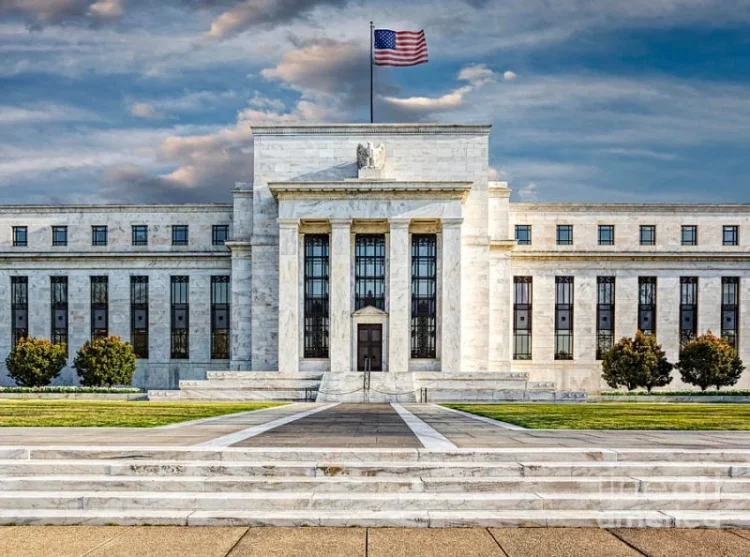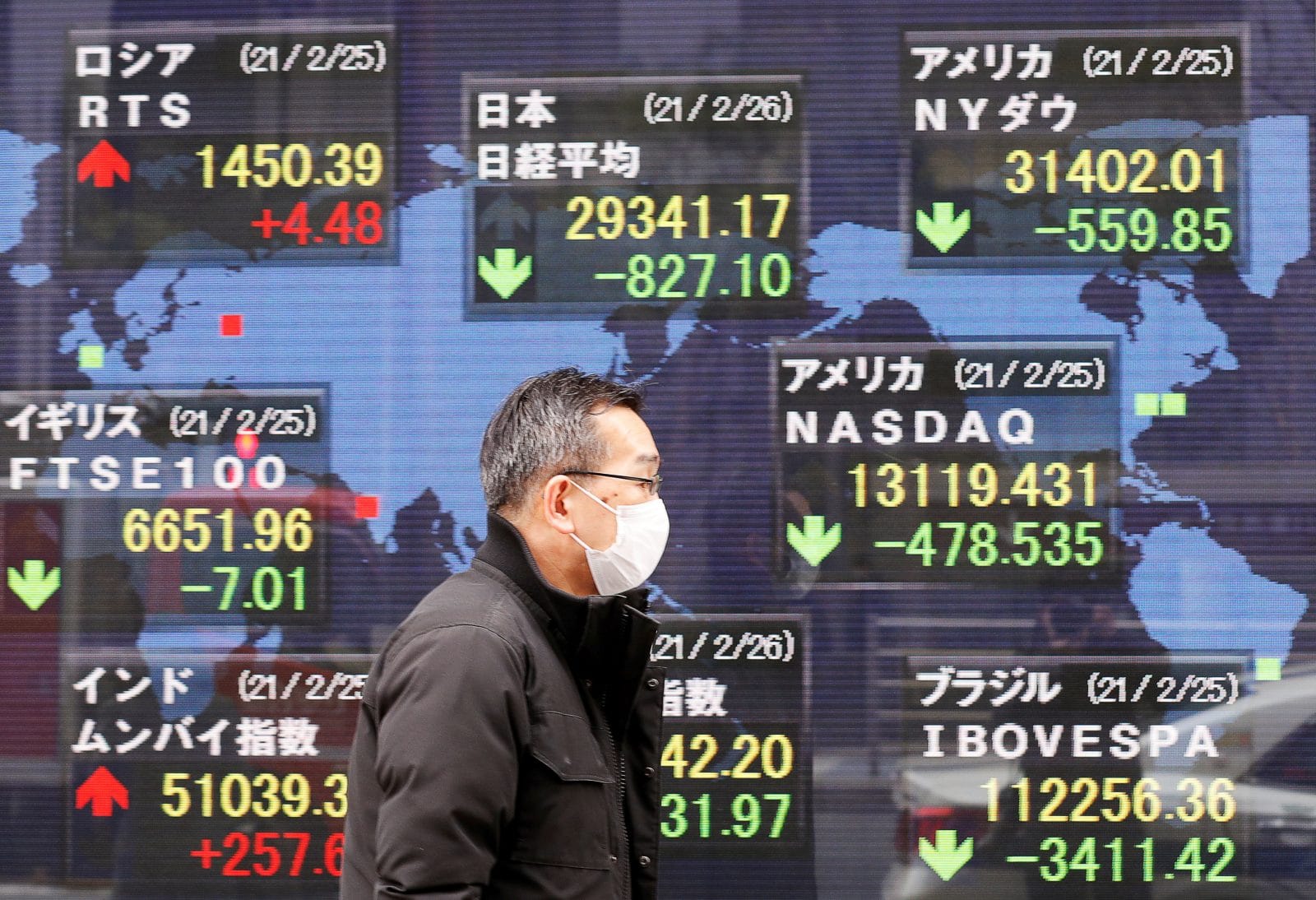Publisher: Maaal International Media Company
License: 465734
WSJ: Threat to Federal Reserve Independence Shakes Investor Confidence
The Wall Street Journal reported that concerns that the Federal Reserve may not be allowed to set interest rates to contain inflation, as it was able to do in 2022, could increase foreign investor skepticism about US economic policymaking, leading to a decline in confidence in the US economy.
The dollar fell to a three-year low after investor confidence in the US economy suffered a fresh blow following US President Donald Trump’s criticism of Federal Reserve Chairman Jerome Powell, threatening the central bank’s independence, and his renewed call for the bank to cut interest rates.
US stocks also suffered losses at the close of trading on Wall Street yesterday, as President Trump escalated his attacks on the Federal Reserve Chairman, raising questions about the central bank’s independence. Meanwhile, traders received little sign of progress in global trade talks. The Dow Jones Industrial Average fell 971 points, or 2.48%, and the S&P 500 fell 2.36%. The Nasdaq Composite lost 2.55%.
اقرأ المزيد
There was no news of progress on any trade deals over the weekend, negatively impacting investor confidence. Conversely, tensions with China appeared to have escalated, with Beijing warning other countries against entering into any agreement with the United States that might harm its interests.
The American newspaper quoted President Trump as saying he had the authority to remove Powell from the Federal Reserve chairmanship, adding: “If you wanted to fire him, he’d be fired fast, trust me.”
The newspaper noted that Trump had made similar threats against the Federal Reserve in 2019 and 2020, but investors see the current situation as different for two main reasons. First, Trump has become more willing to challenge institutional and legal norms than during his first term. Second, the Republican-controlled Senate lacks more defenders of these norms than it did in the previous term.
Inflation could also become a bigger problem this year due to Trump’s tariffs, which are much larger and broader than those imposed in his first term, confusing the calculations of the Federal Reserve, which has raised interest rates to their highest levels in two decades in recent years to combat inflation.
The newspaper noted that when Trump threatened to fire Powell in December 2018, out of dissatisfaction with the central bank’s rate hikes, Kevin Hassett, then-chair of the Trump administration’s Council of Economic Advisers, sought to calm investors’ concerns by declaring Powell 100% secure in his position. In a 2021 book, Hassett stated that he made this statement without consulting anyone in the White House, but that Trump called him to congratulate him on the statement after the stock market surged that day.
Hassett has been a staunch advocate of preserving the Federal Reserve’s ability to set monetary policy without presidential intervention. In his book, he argued that Powell’s dismissal would undermine the dollar’s credibility, damaging the Fed’s reputation as a neutral regulator of the nation’s money supply.
However, the Wall Street Journal noted that Hassett, who had previously said the administration would respect the central bank’s independence, reversed this position after becoming director of the White House National Economic Council. He said the administration was “still reviewing” Powell’s situation, alleging that the central bank had been politically motivated in setting interest rates in recent years. Fed officials have strongly denied these allegations.
In the same context, CNBC quoted Adam Crisafulli of Vital Knowledge as saying: “Investors are facing a new source of concern: Trump’s threats to the Fed’s independence.”
He added: “This threat is linked to Trump’s trade war, with Powell and his colleagues forced to remain neutral due to the potential for higher inflation caused by tariffs in the coming months, despite recent market volatility and increased downside risks to growth.” The network also quoted Crisafulli as saying, “The simultaneous decline in stocks, the dollar, and Treasuries suggests that Trump’s trade war has triggered a mass exodus from US financial assets, an exodus that no amount of negotiation can reverse.” Amid this volatility, the dollar index fell more than 1% to 98.13. This move pushed gold prices to new record highs, with futures linked to the precious metal rising 2.4% to exceed $3,400 per ounce.








